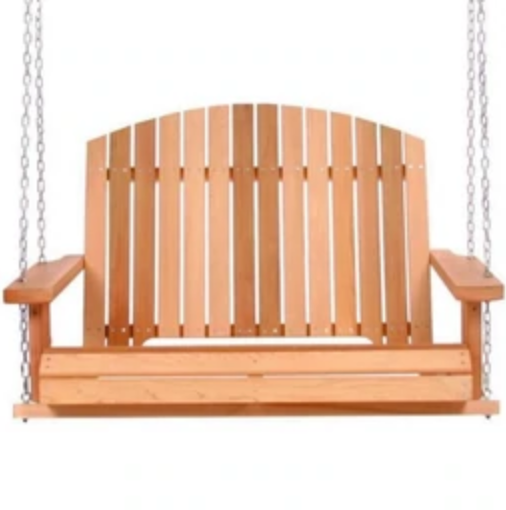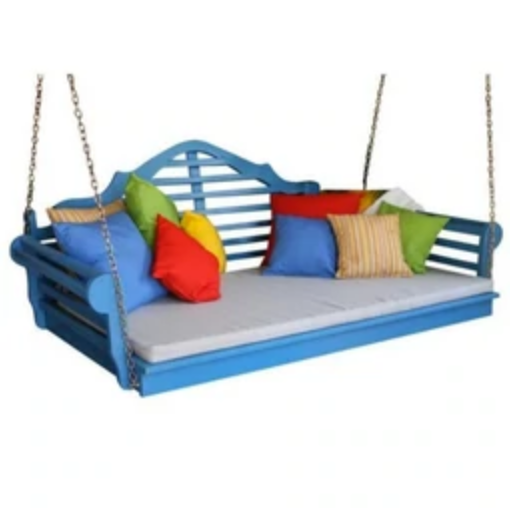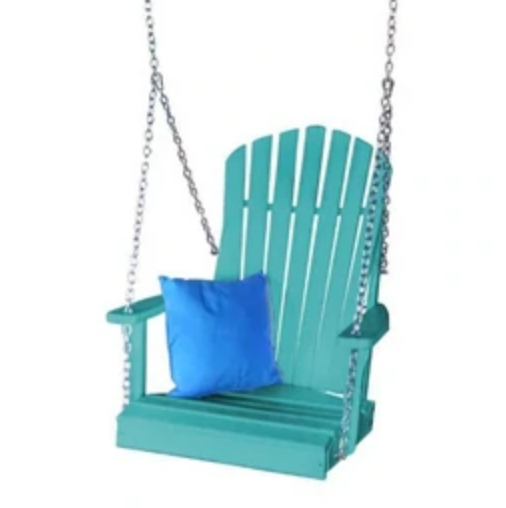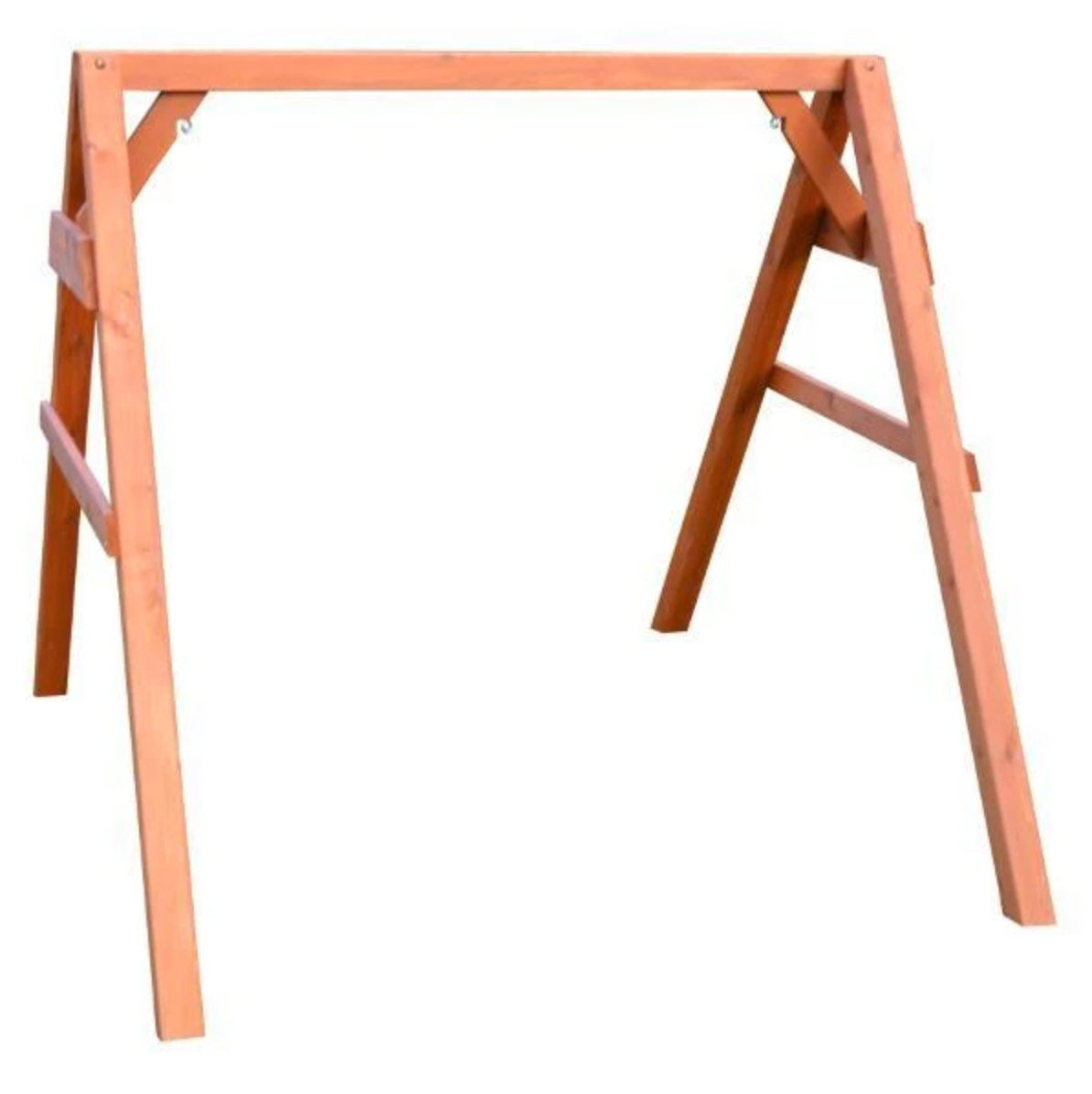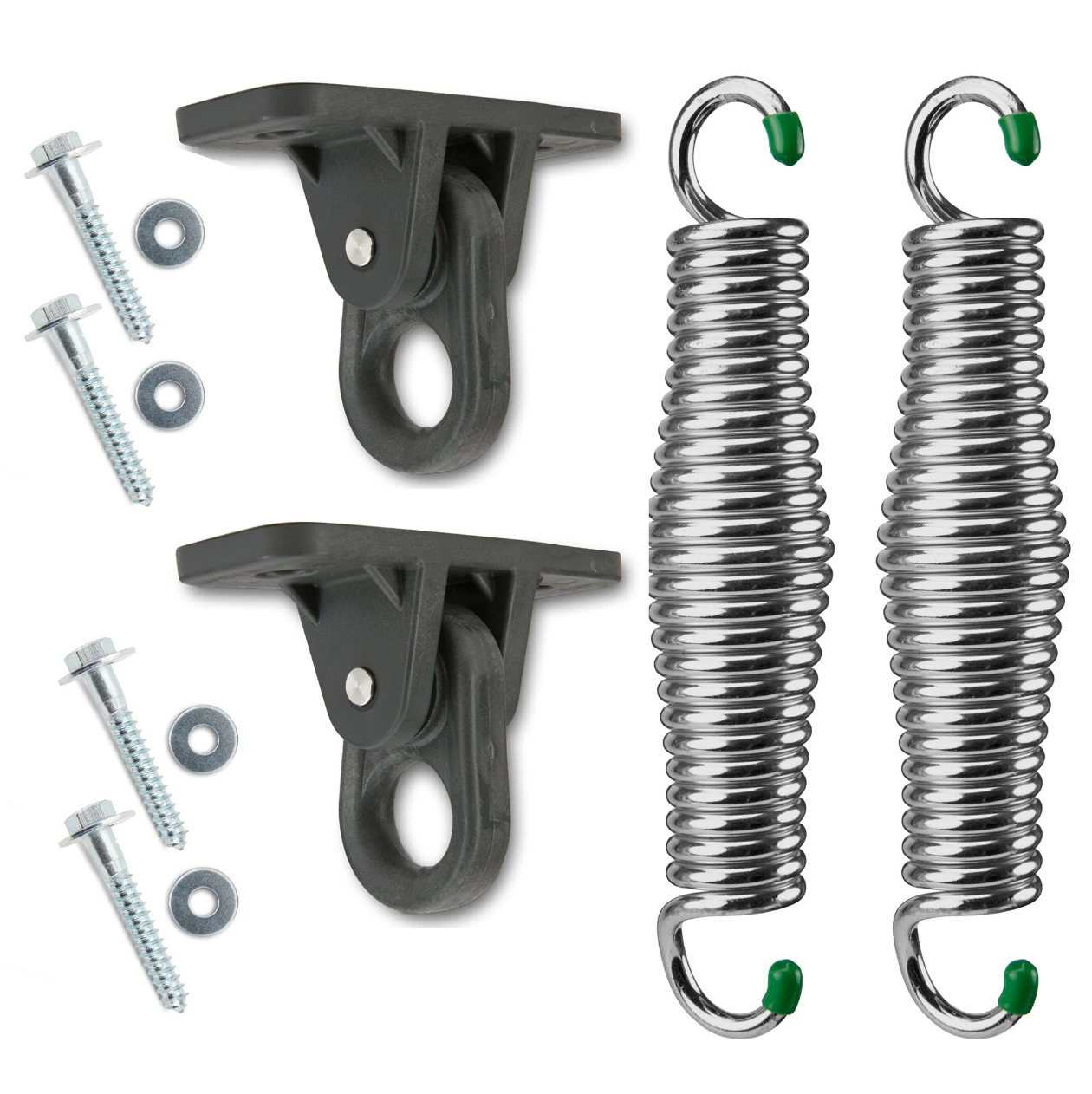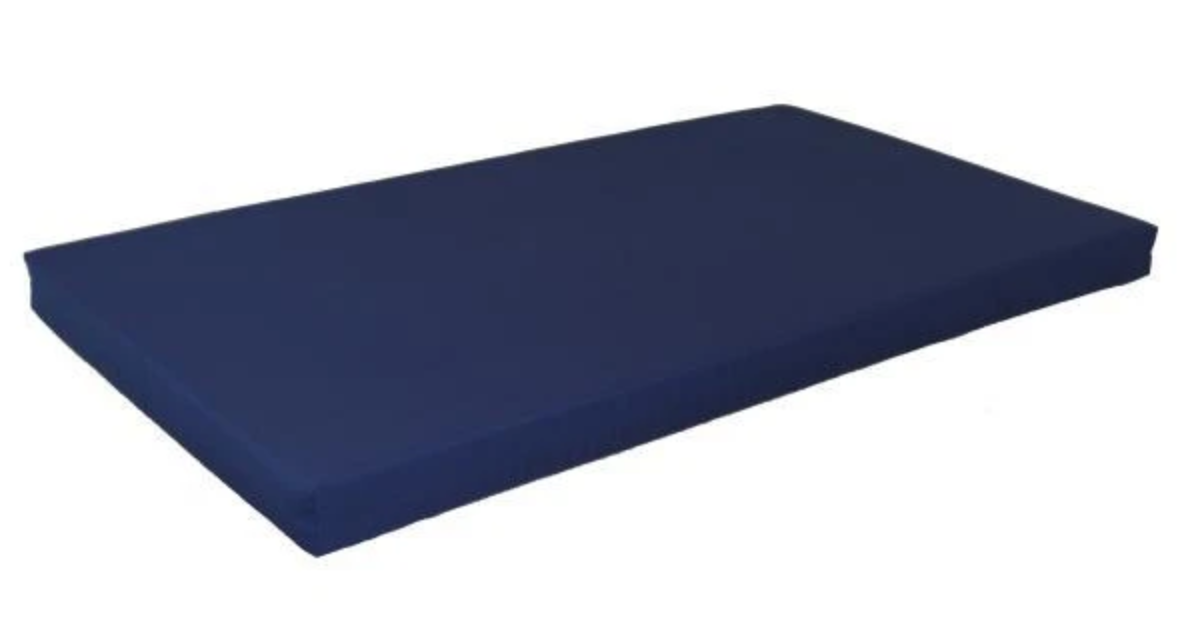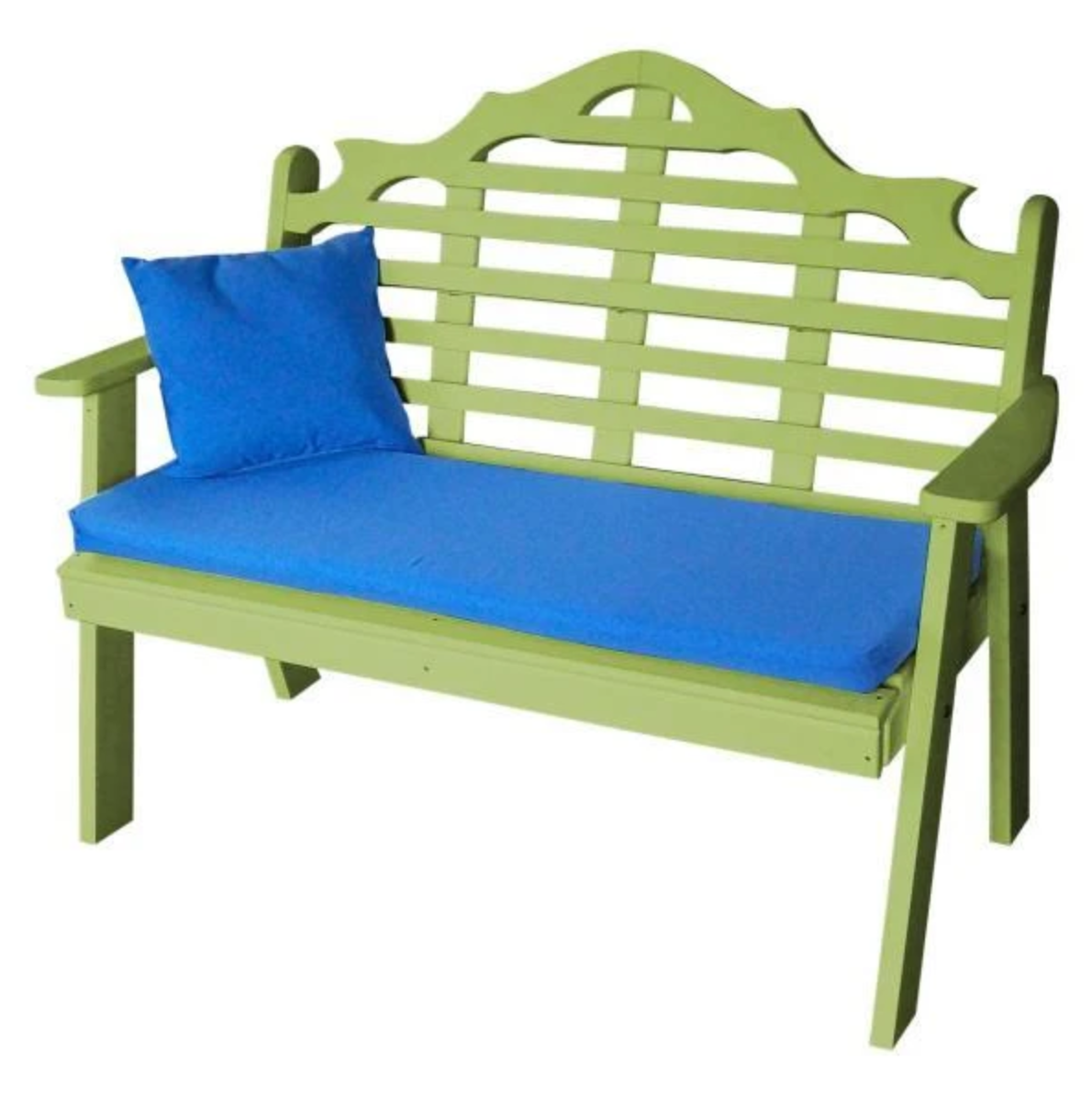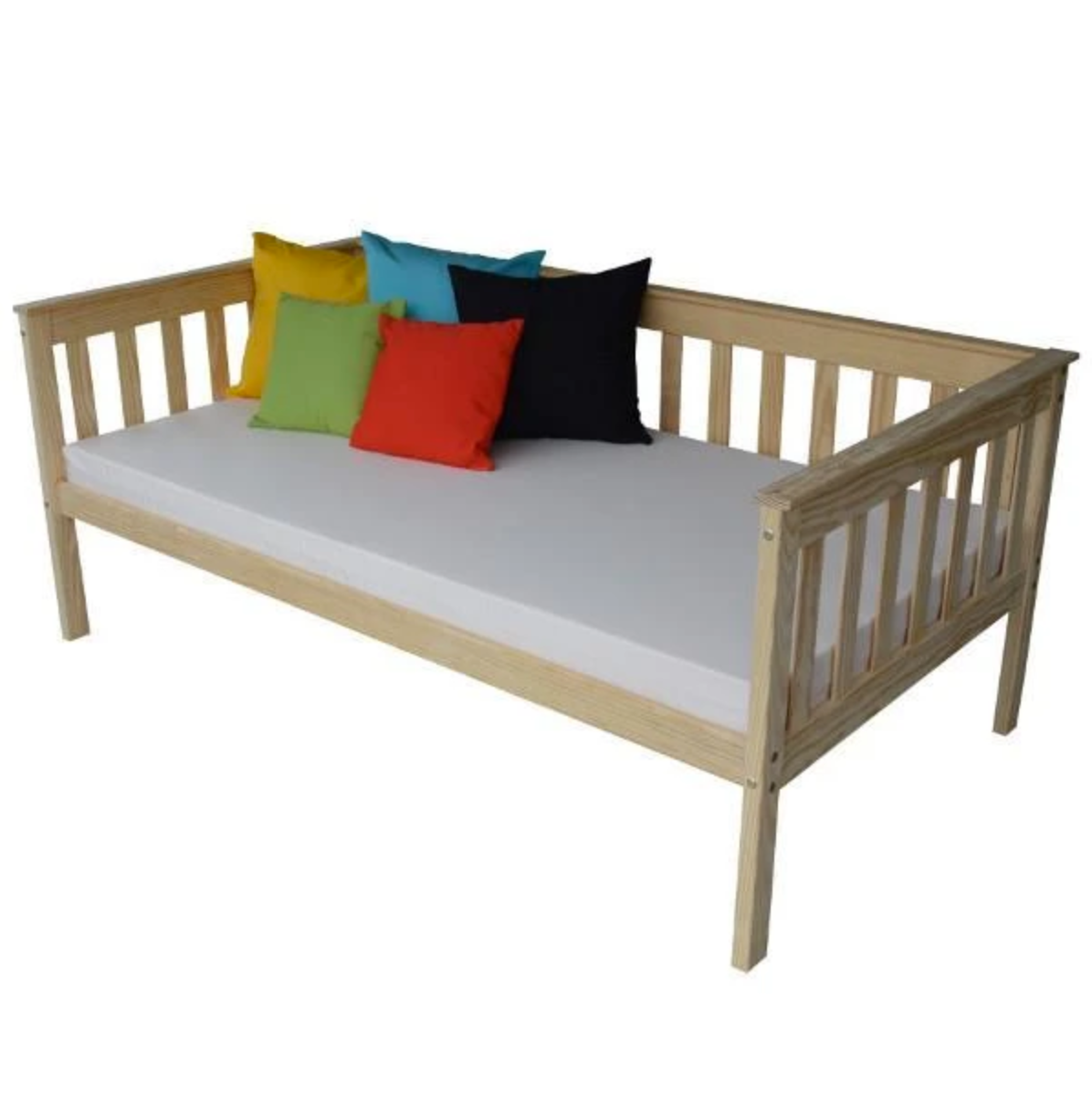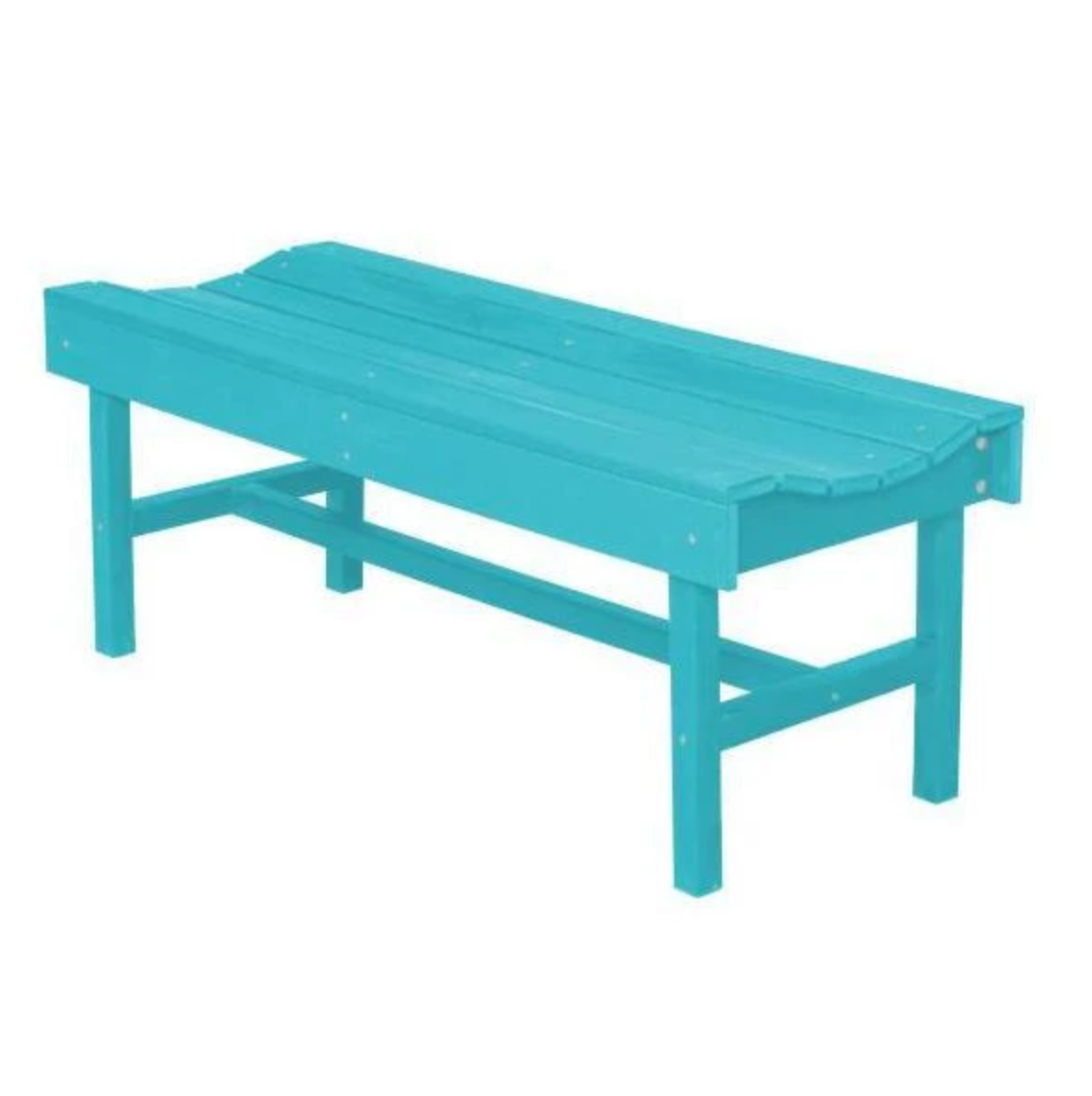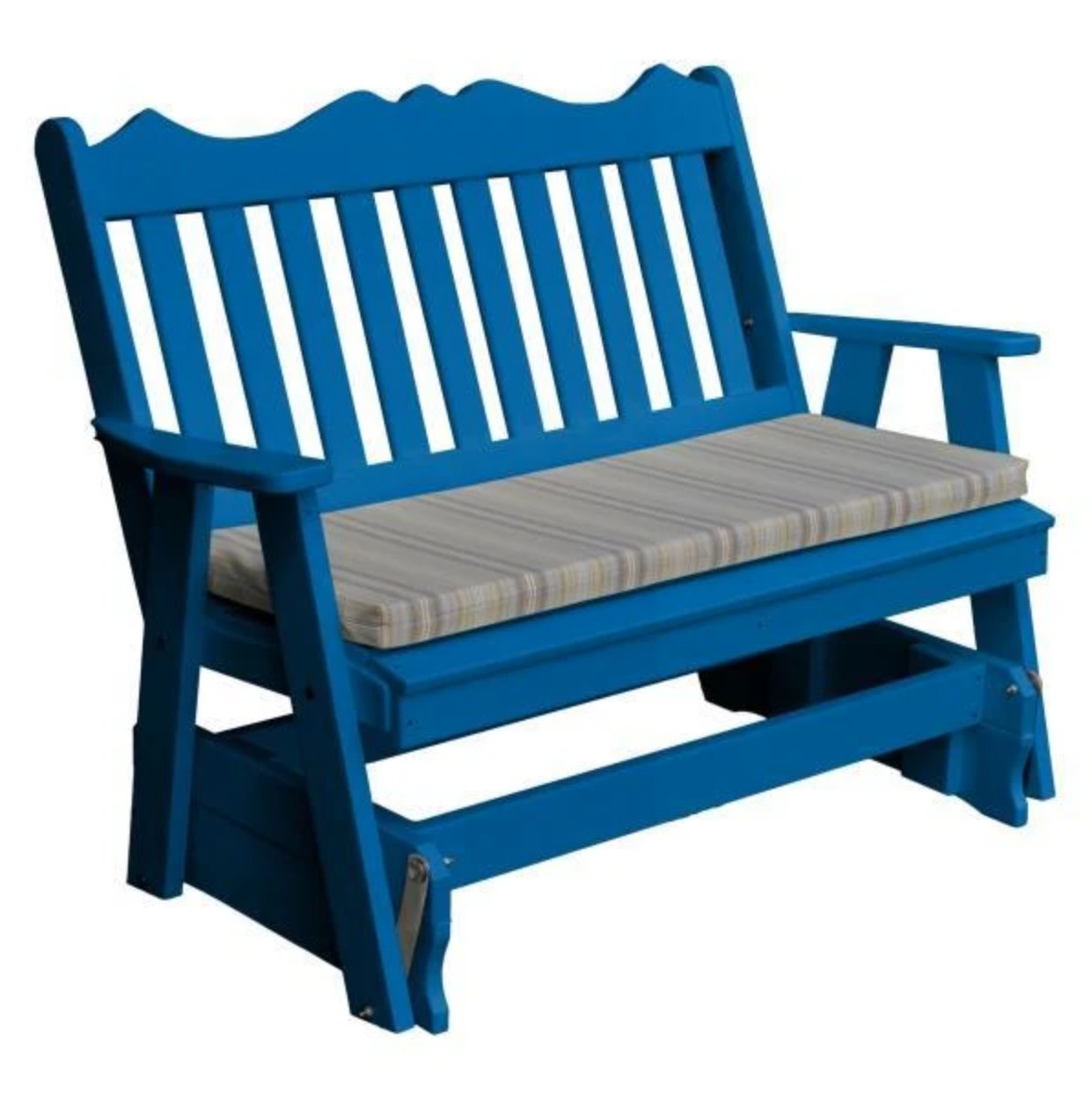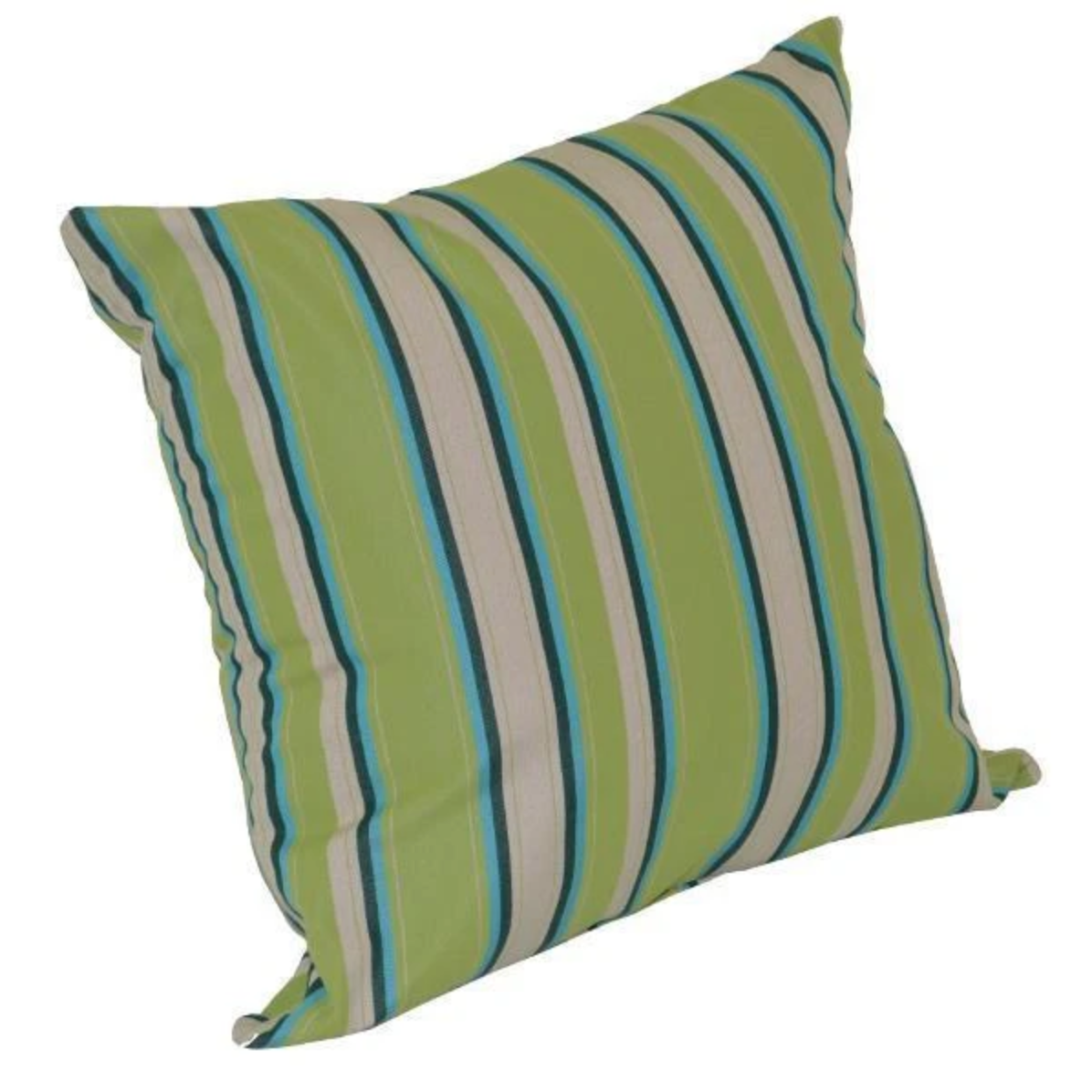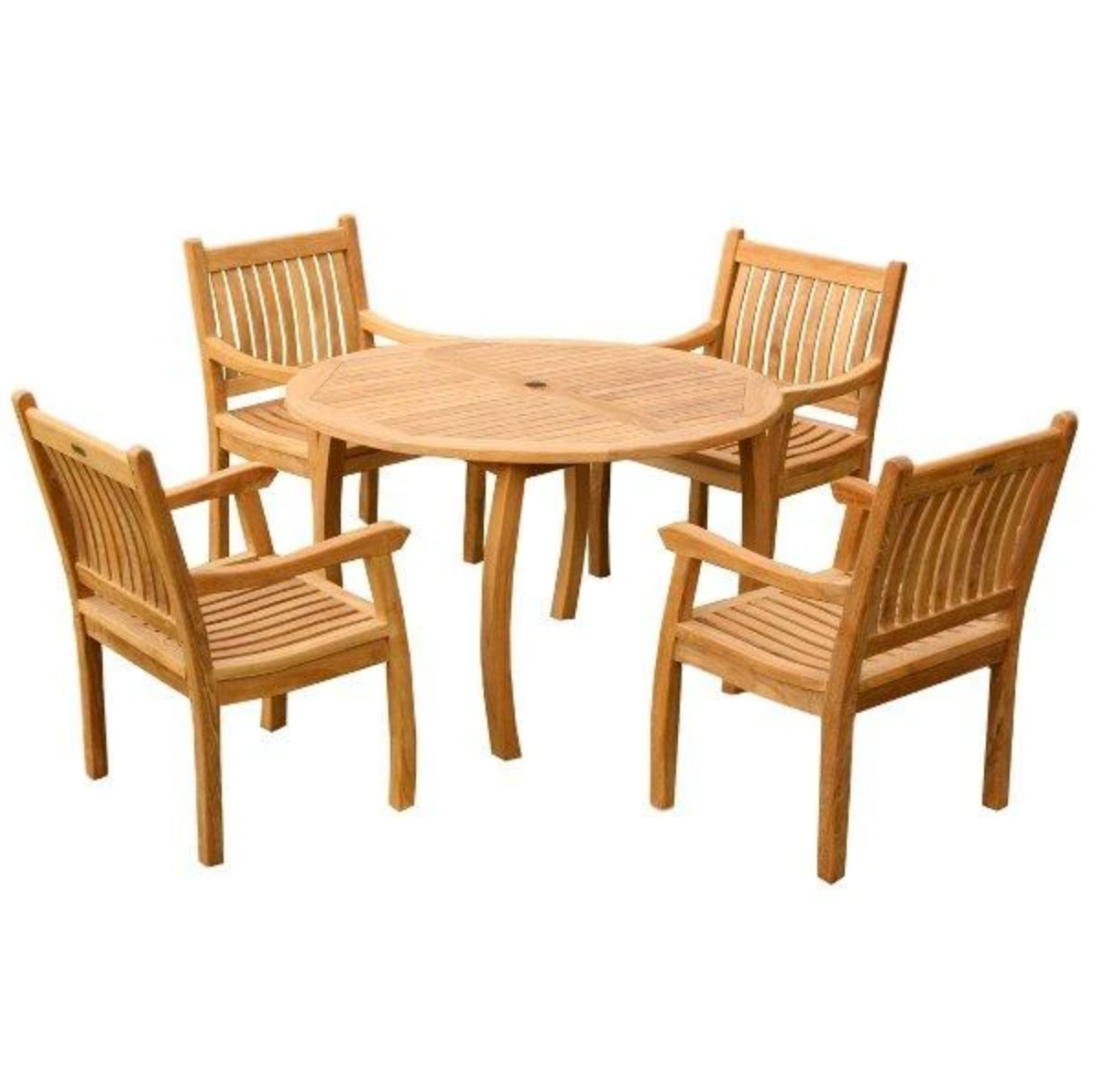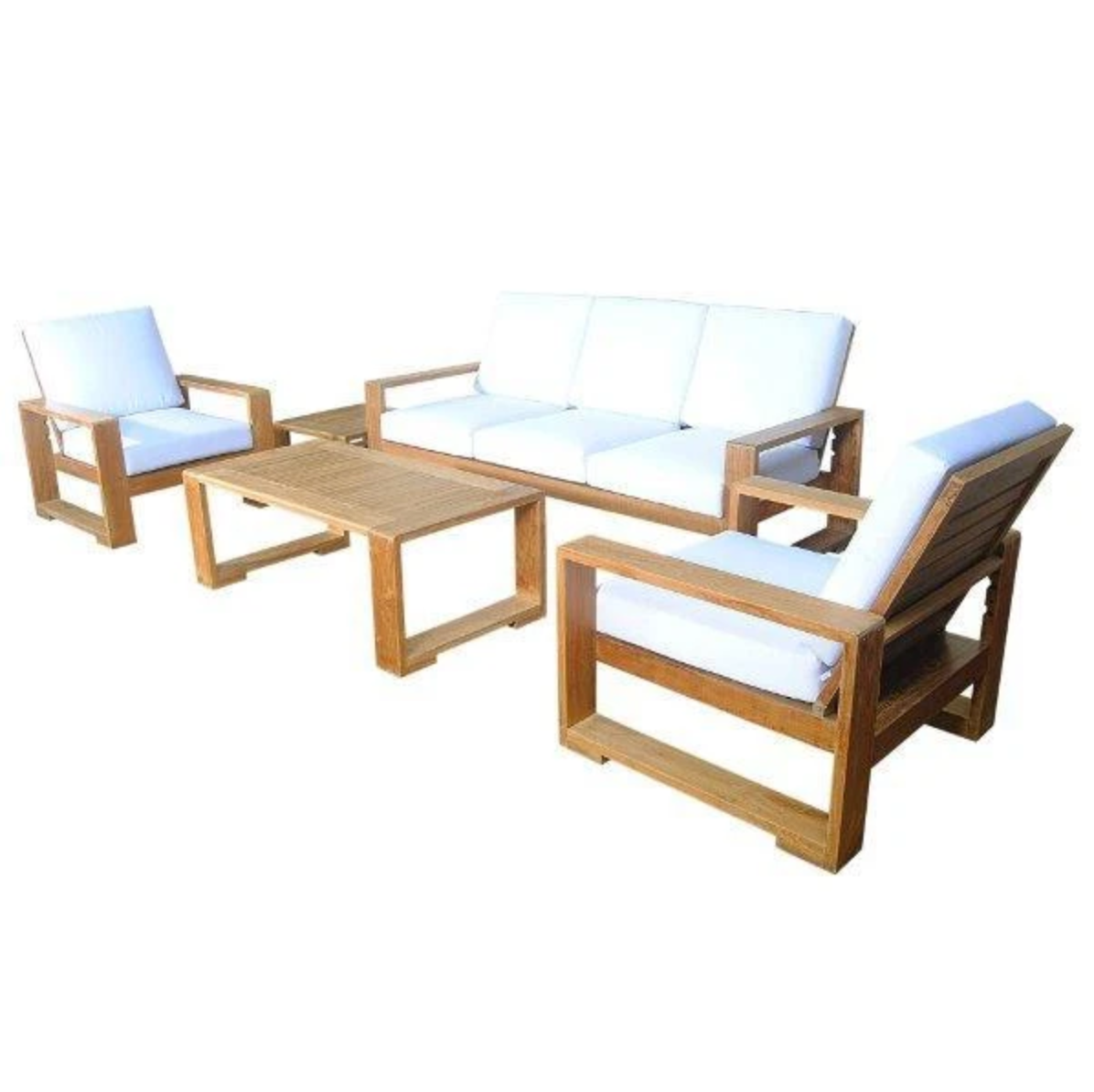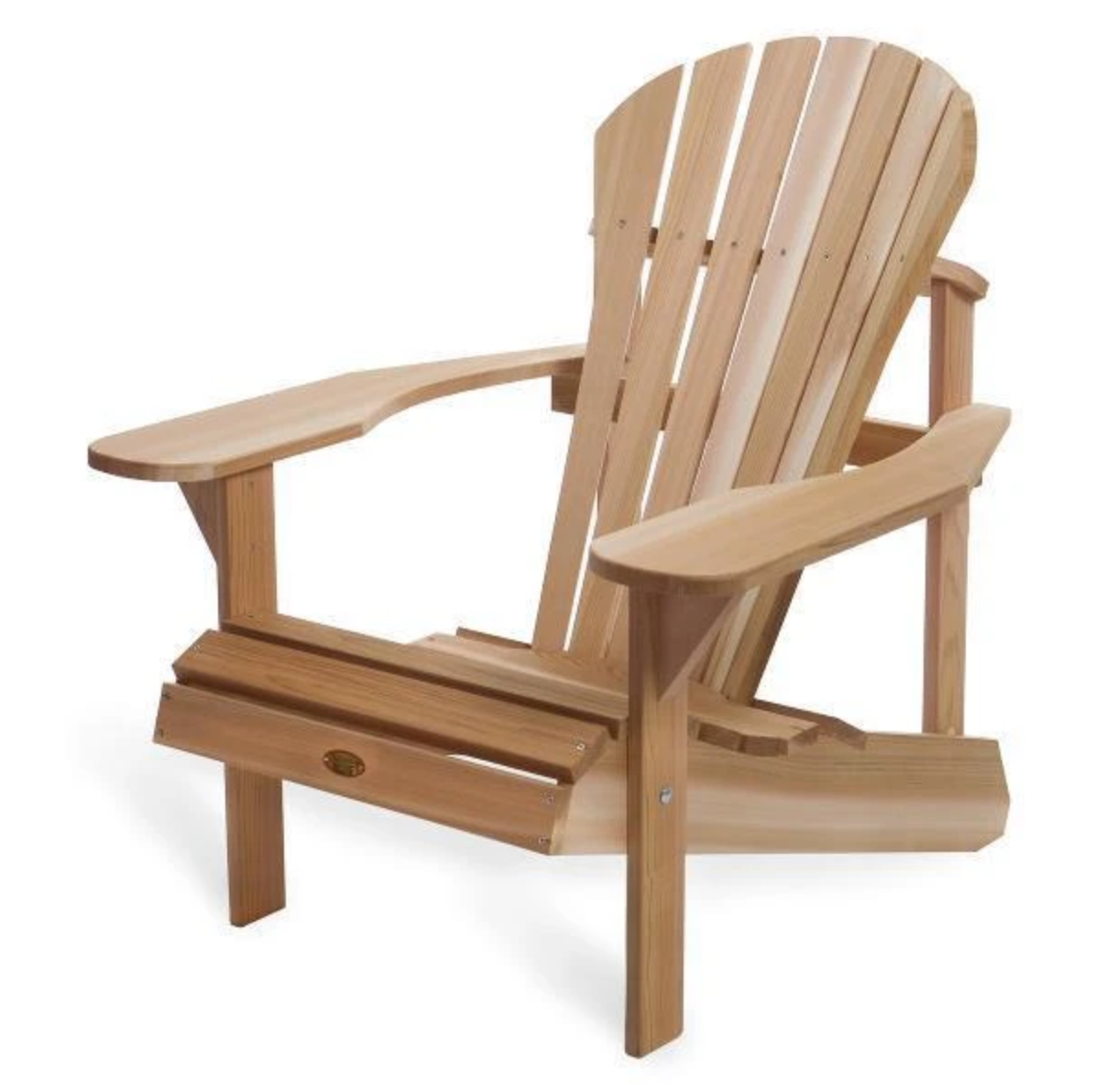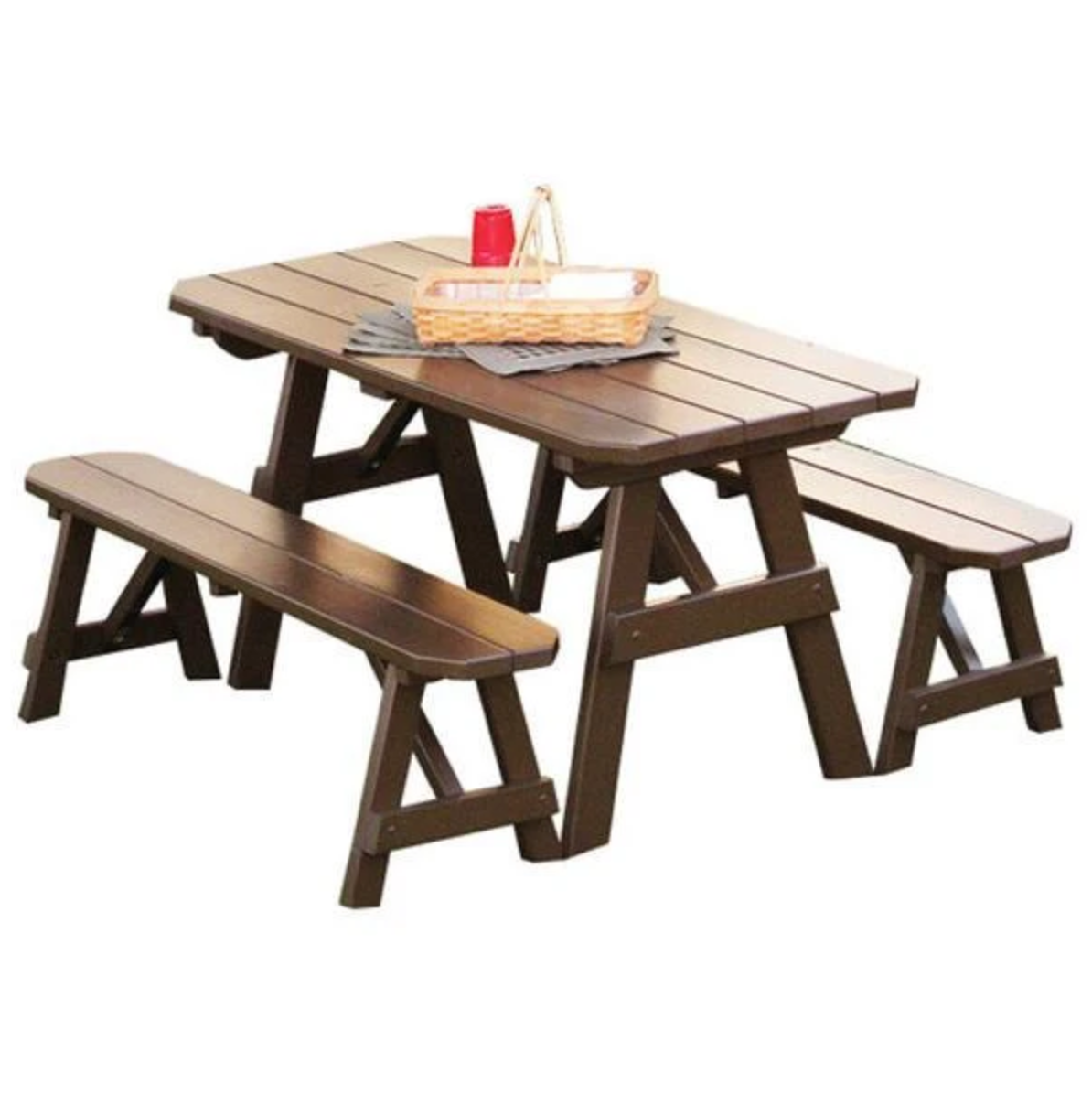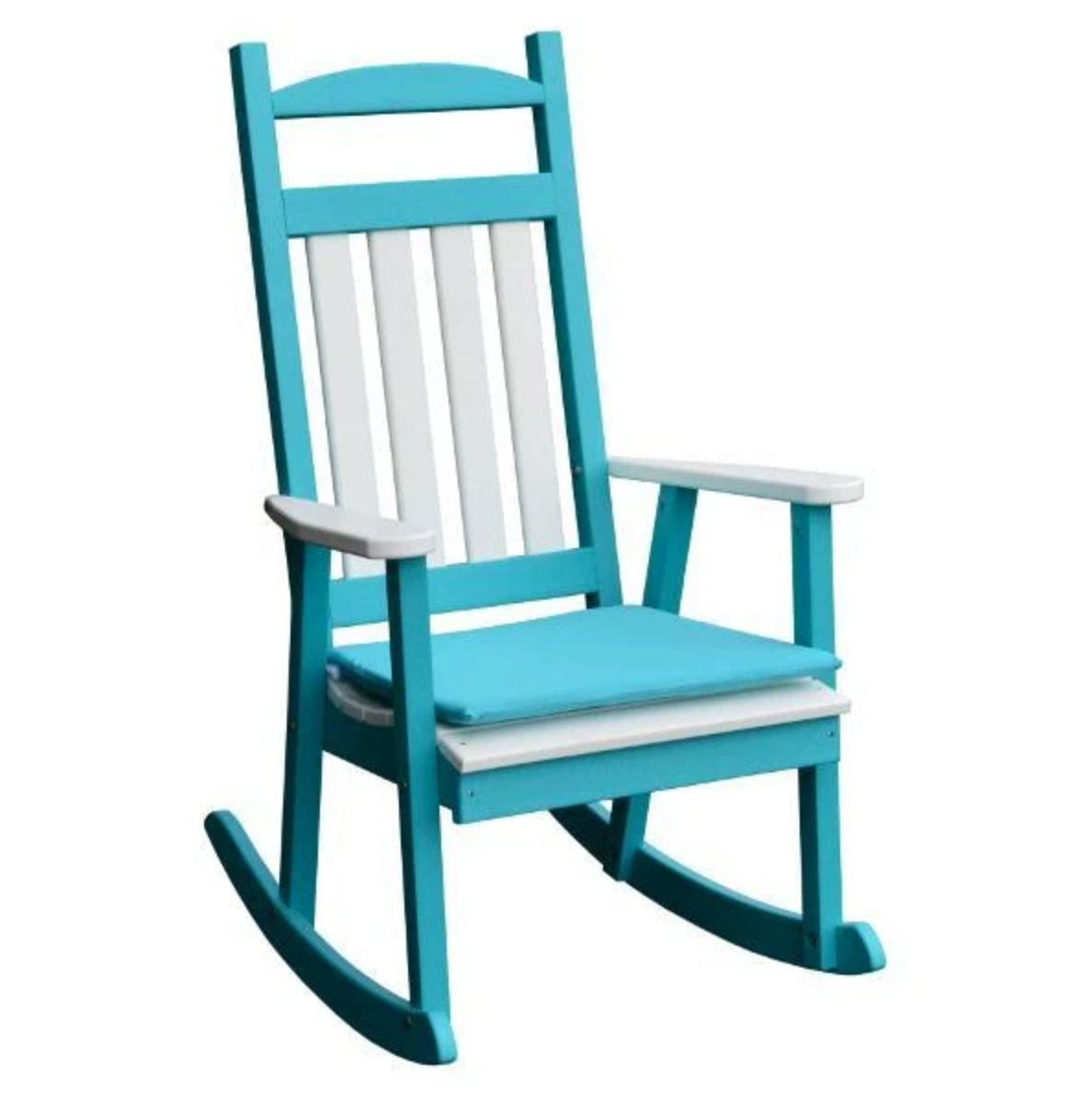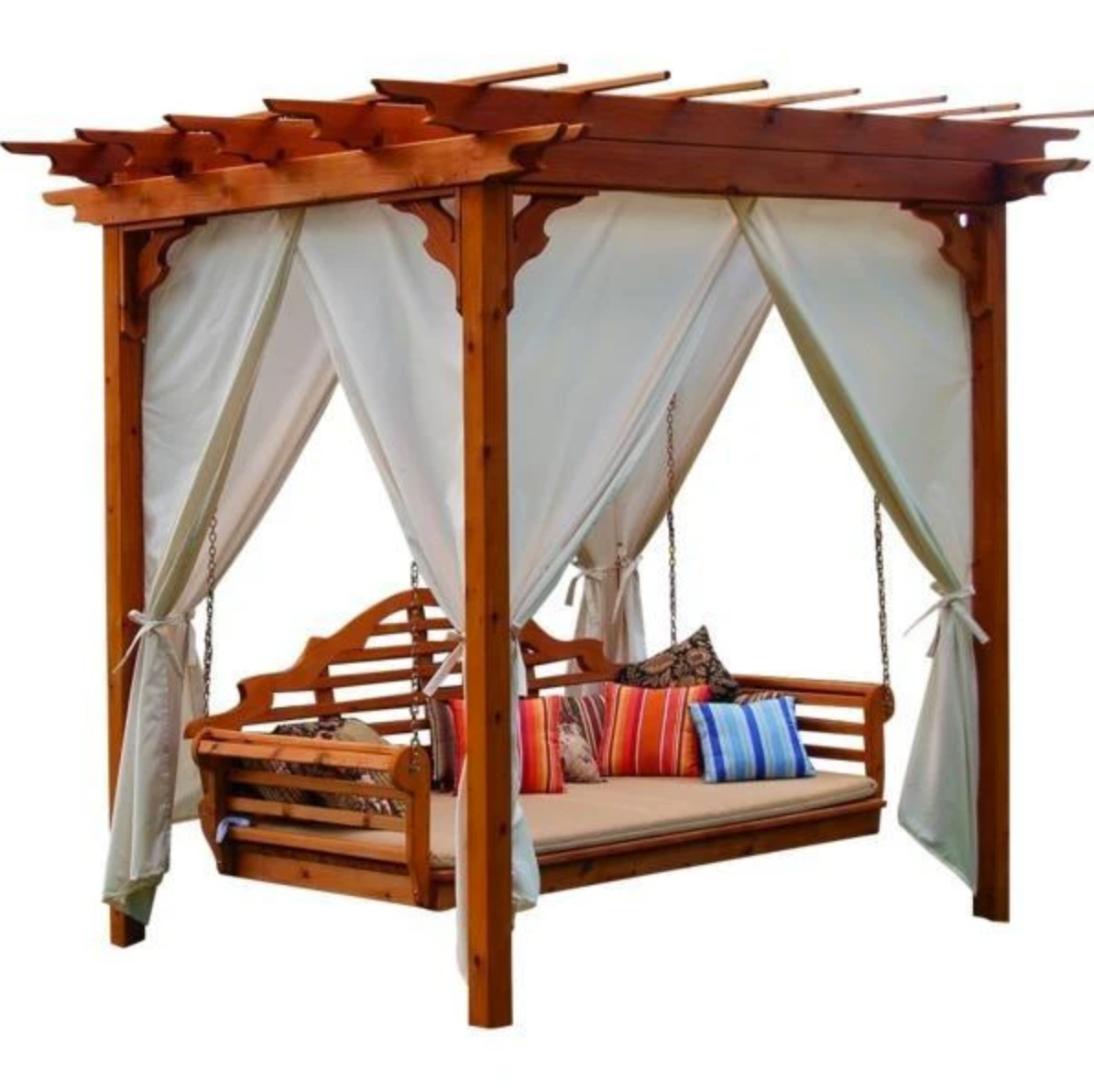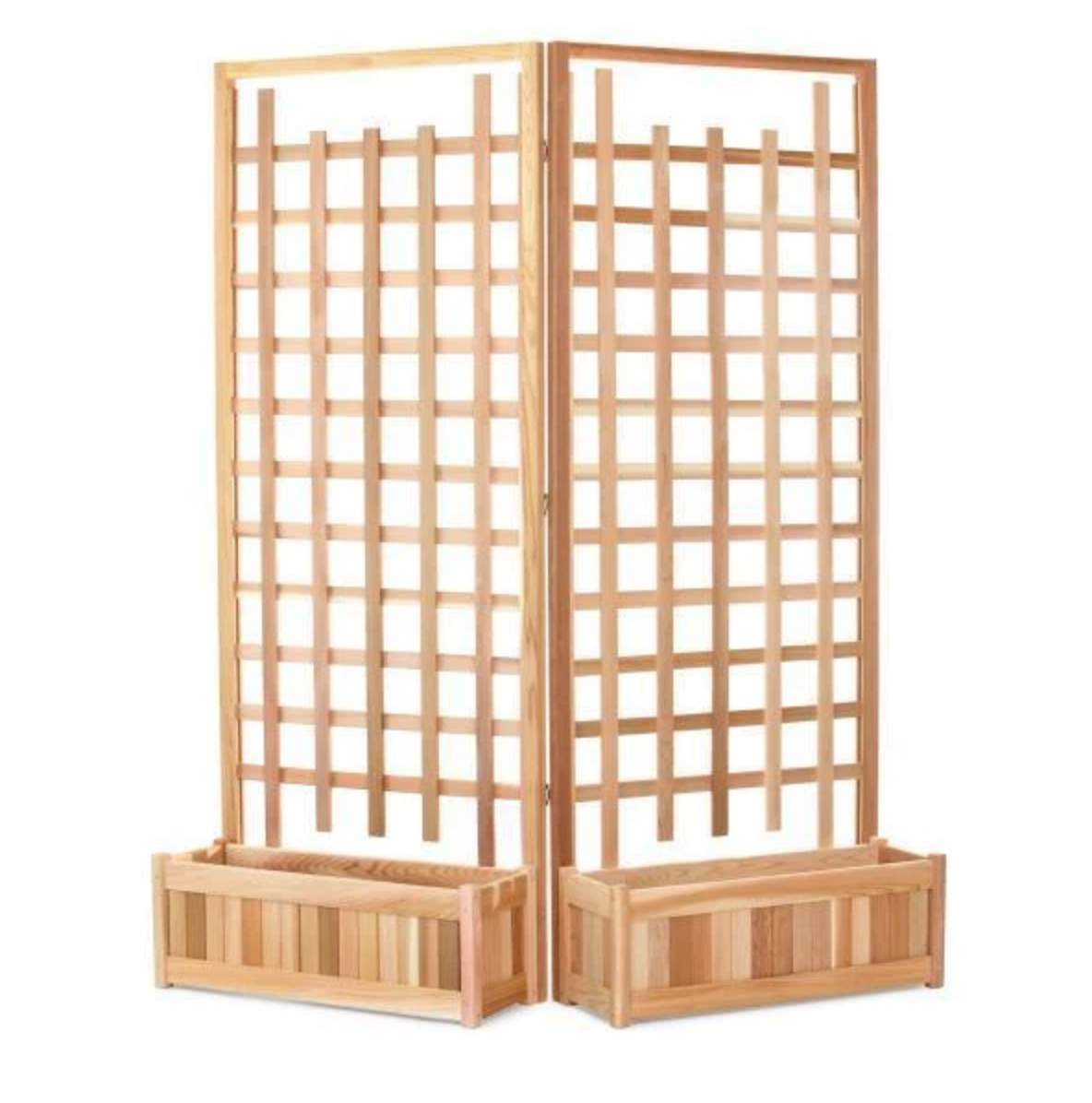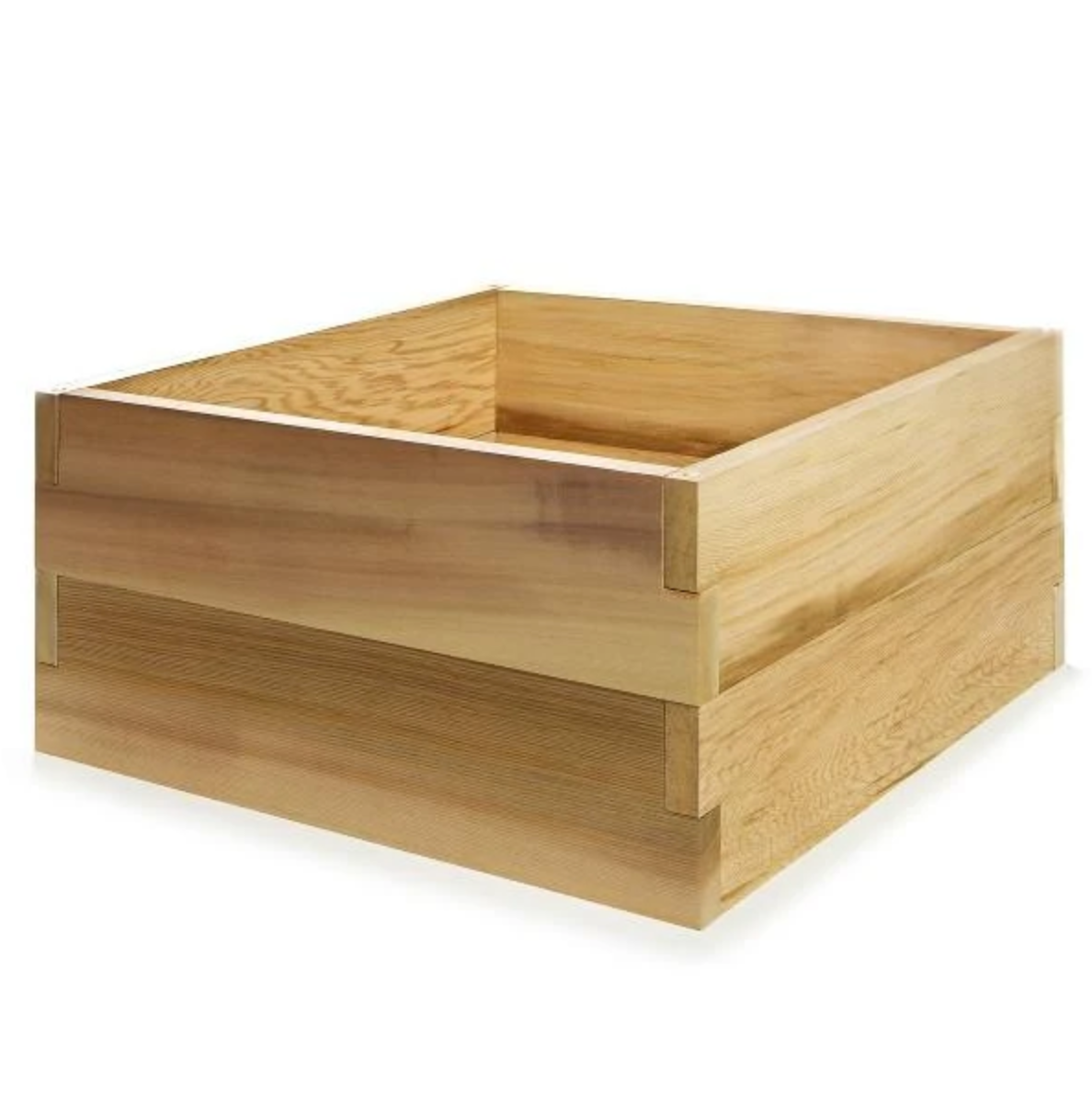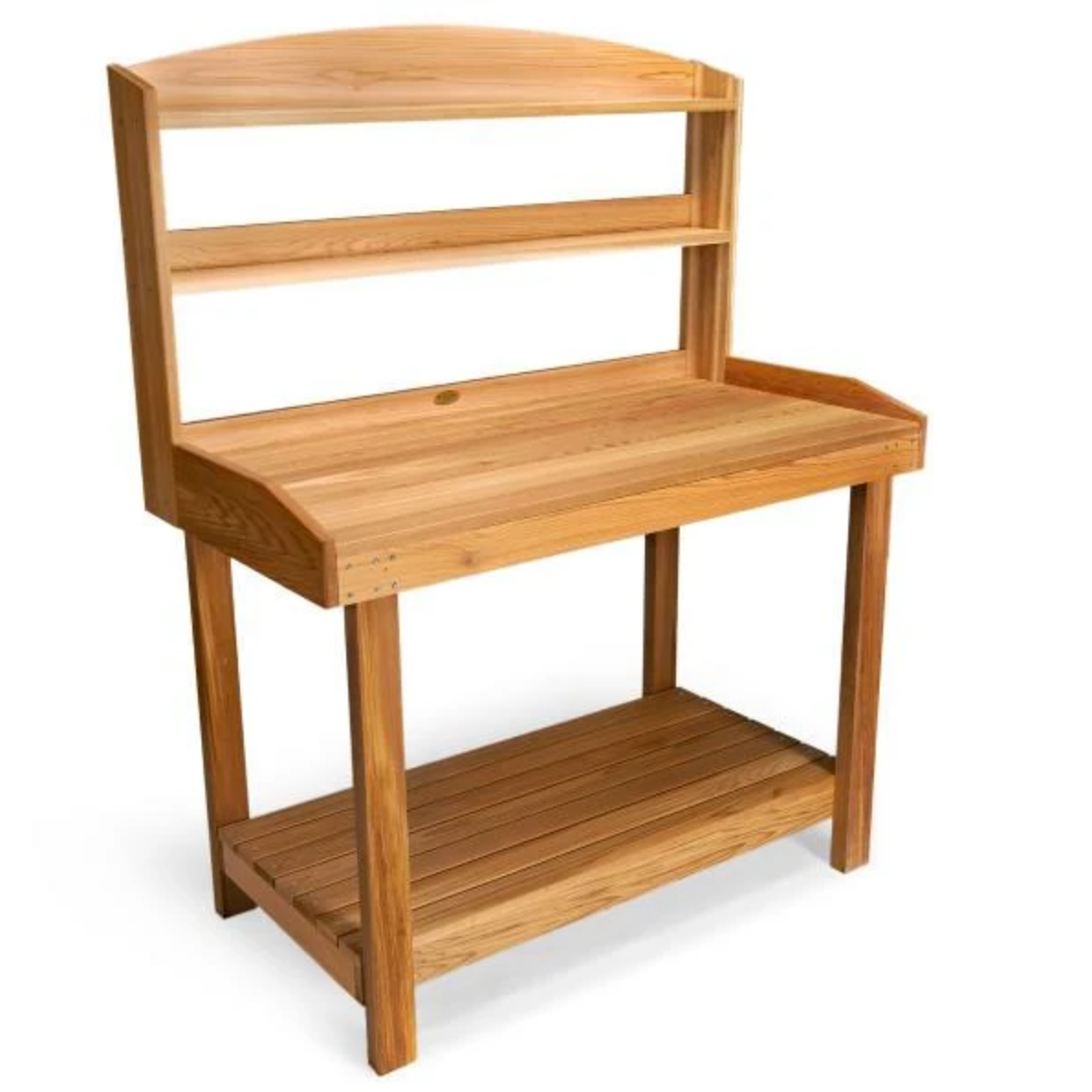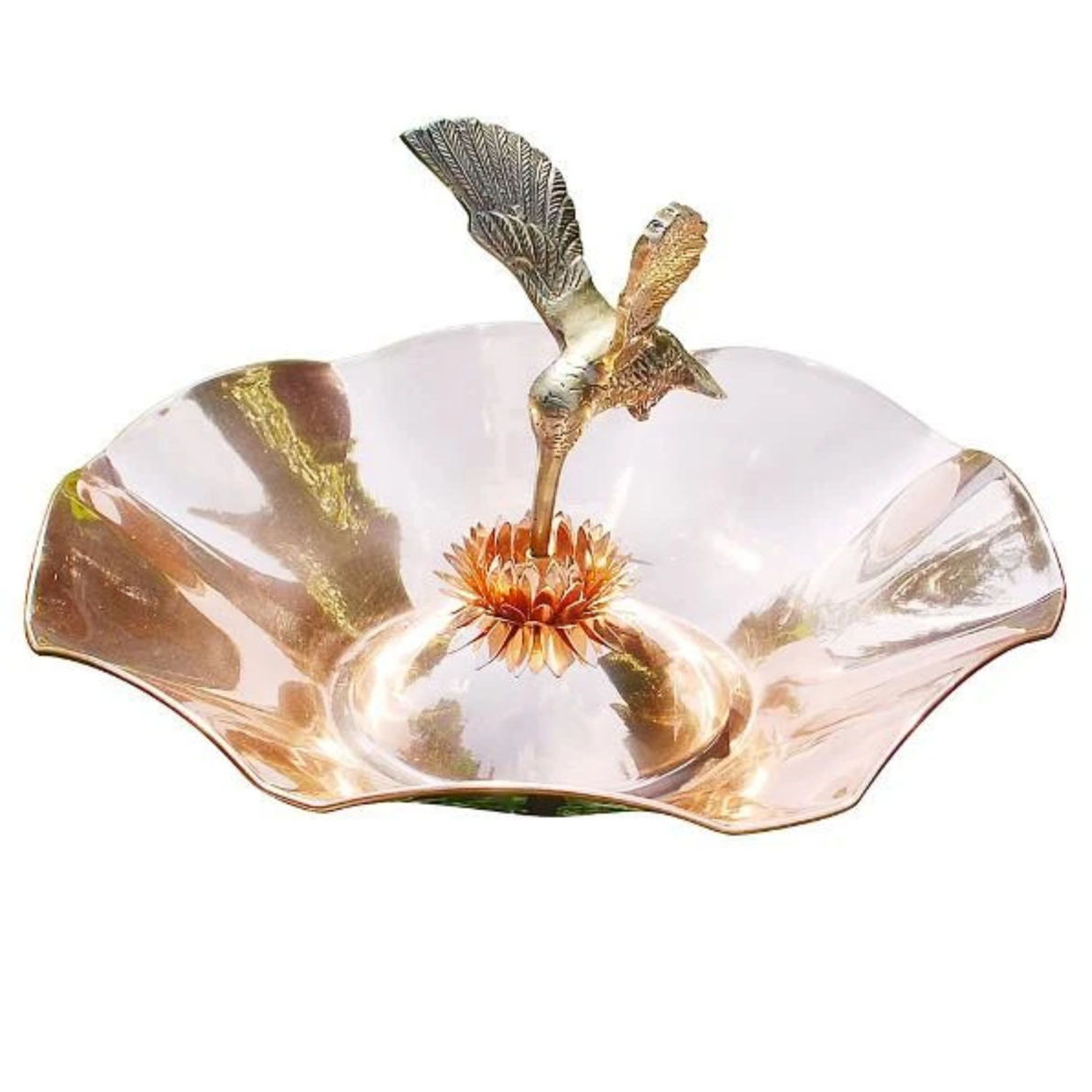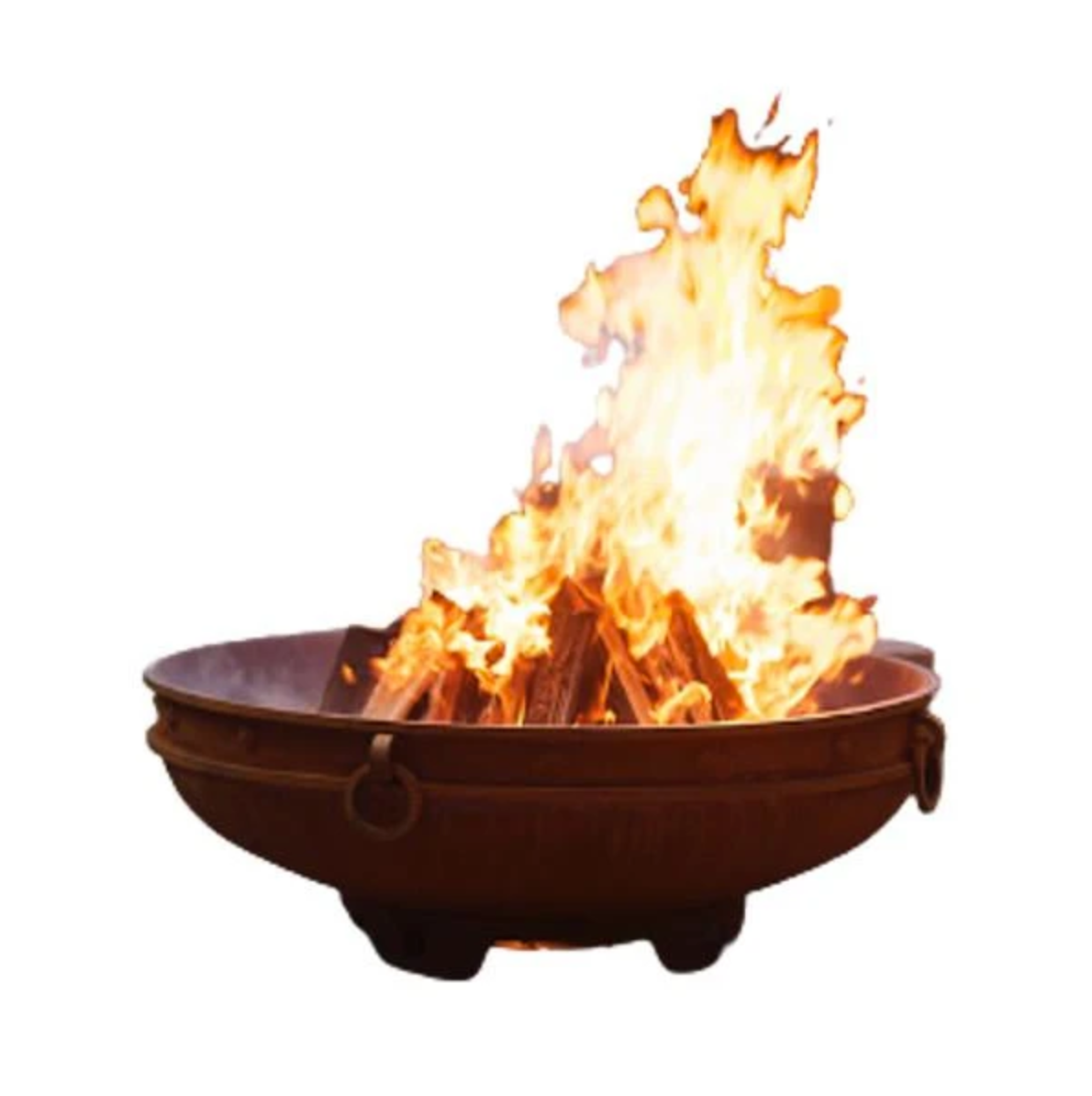Your Cart is Empty
FREE SHIPPING ON EVERY ORDER
Menu

FREE SHIPPING ON EVERY ORDER
Swings
Benches
Tables & Chairs
Home & Garden
How to Attract Butterflies to Your Garden
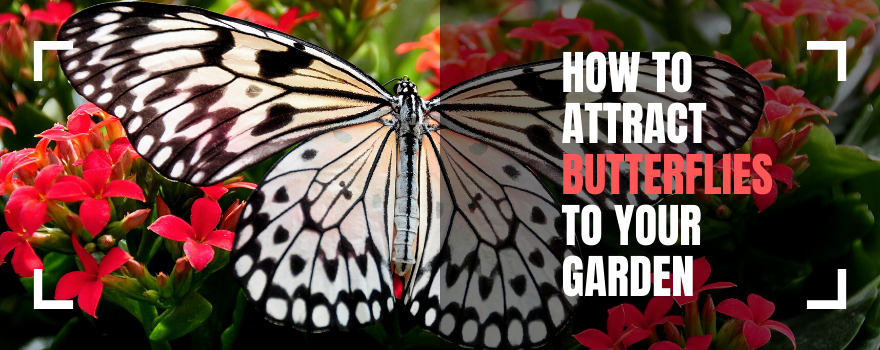
Butterflies are one of the most popular and beloved insects in the world. What's not to love about them? They're colorful, they're magical, and just like the bees, they also help in flower pollinations. Their bright characteristics complete the outdoor garden.
Due to the use of pesticides, there has been a decline in the population of these beautiful insects. Fortunately, anyone can help create a habitat for butterflies. They're a welcome addition to any outdoor space, and you already have the elements to create a home for them.
How to Attract Butterflies
Consider Planting their Favorites
Use a diverse variety of plants. Of course, you'll want to check with your local plant nursery which plants are available in your area and which of these would most likely attract butterflies. Nectar plants are sure to attract different species of butterflies. Marigolds, sunflowers, cosmos, and thistles, to name a few, are just some of the most common plants with sugary fluids.
There are also certain species of butterflies attracted to a specific type of flowers. For example, the monarch butterfly goes crazy for blazing star and milkweed. Monarchs even raise their young in milkweed plants.
Some butterflies are attracted to huge blocks of colors, so planting several of the same plant species in a bunch will likely attract them. Plant flowers in different colors, shapes, and sizes to attract different kinds of butterfly species.
This won't be easy and will probably be trial and error as you find which flowers are attractive to butterflies. The good thing is that your garden will be in full bloom with different varieties of flowers, which make it a win-win situation.

If you want butterflies to reproduce in your garden, this can be more challenging than just attracting them. Host plants or caterpillar food plants are where the butterfly raises their caterpillars.
Again, like the nectar plants, each species of butterfly has different preferences for host plants. As Monarchs thrive on milkweeds, others feast on buckwheat's and some even on veggies and herbs like fennel and parsley.
Consider the Area where you'll Plant
Butterflies are cold-blooded, and so they need sun for warmth but also consider having a shaded area when it's windy. Add plants they can perch on with a varied structure consisting of tall plants, shrubs, hedges.
Trees, as well as different sizes of rocks, provide a haven for butterflies. Word of caution, some plants, especially nectar plants, are also attractive to bees. If you have kids, make sure that you don't place these nectar plants in an area where they often play to avoid stinging.
Consider Using Fruit Feeders
While most butterflies are attracted to nectar plants, some butterflies prefer rotting fruit. A small hanging planter can be used to place fruits. Some butterflies that are attracted to rotting fruits are malachite, red-spotted purple, mourning cloak, and red emperors. The problem with fruit feeders is that it'll attract a lot of other uninvited critters such as ants on the top of the list.
Provide Water
As with all creatures, butterflies need water to survive. Butterflies aren't picky when it comes to their water sources, even settling for damp soil. But if you're looking to complement your landscape design, consider adding a small water feature such as a fountain. Small birdbaths or water buckets placed in the center of the flower beds also work. To avoid mosquitoes from breeding, replace and clean the fountain or container now and then.

Plan your Landscape
Like some birds, butterflies love alleys enclosed with a variety of plants. Create a diverse landscape that includes shrubs, with tall and short plants, hedges, and even rocks. Consider incorporating a place for the butterflies to rest and bask in the warmth of the sun. Not only will your landscape look amazing, but you'll also attract different species of butterflies along the process.
Protect their Young
It may not sit in well with a lot of people who like to keep their yards and gardens clean, but pupation typically takes place in those piles of fallen leaves and between nooks and crannies of twigs or rocks. For this reason, you may want to hold up on the cleaning a bit till spring when they're done with their metamorphosis stage.
Caterpillars prefer dark places to form a chrysalis, so shrubs and hedges can be the perfect place for them.

Avoid using Insecticides
This is quite obvious, but because of pesky insects like mosquitoes, people still can't stop using these deadly toxins. A safer alternative would be to look for nontoxic pesticides or grow some mosquito-repelling plants. Marigolds and mint are said to be despised by mosquitoes.
Beneficial insects such as ladybugs can consume mosquitoes and rid your garden of other pests. Other beneficial insects include the praying mantis and green lacewings. These insects are popularly used and release in greenhouses and nurseries to keep mosquitoes at a minimum.
Be Patient and Still
Butterflies can easily be scared of any sudden movement, so you want to keep still and enjoy the silence as you watch them fly around in your garden. Having a garden bench where you can sit and enjoy the view allows both you and the butterflies to revel at the moment.
Learn what they like
Different species of butterflies thrive in different areas. The climate, the area where you live, and the type of plants that grow in your location will certainly affect the kind of butterflies you're going to attract. If you want to create a butterfly garden, you have to educate yourself on what type of butterflies are native to your areas and the plants that attract them.
Beautiful Gardens Save Butterflies
The sight of the different colors of wings around your garden is a result of a beautifully planned
. No modern architectural detail can beat the magical sight of butterflies fluttering around your yard. Keep in mind that when you make it your goal to attract butterflies into your lawn, you're also making an effort to save them and increase their kind, which isn't bad at all.
Also in News
US
United States
Jan 02, 2026 00:08
Product Tag :
Product Collection :
×
